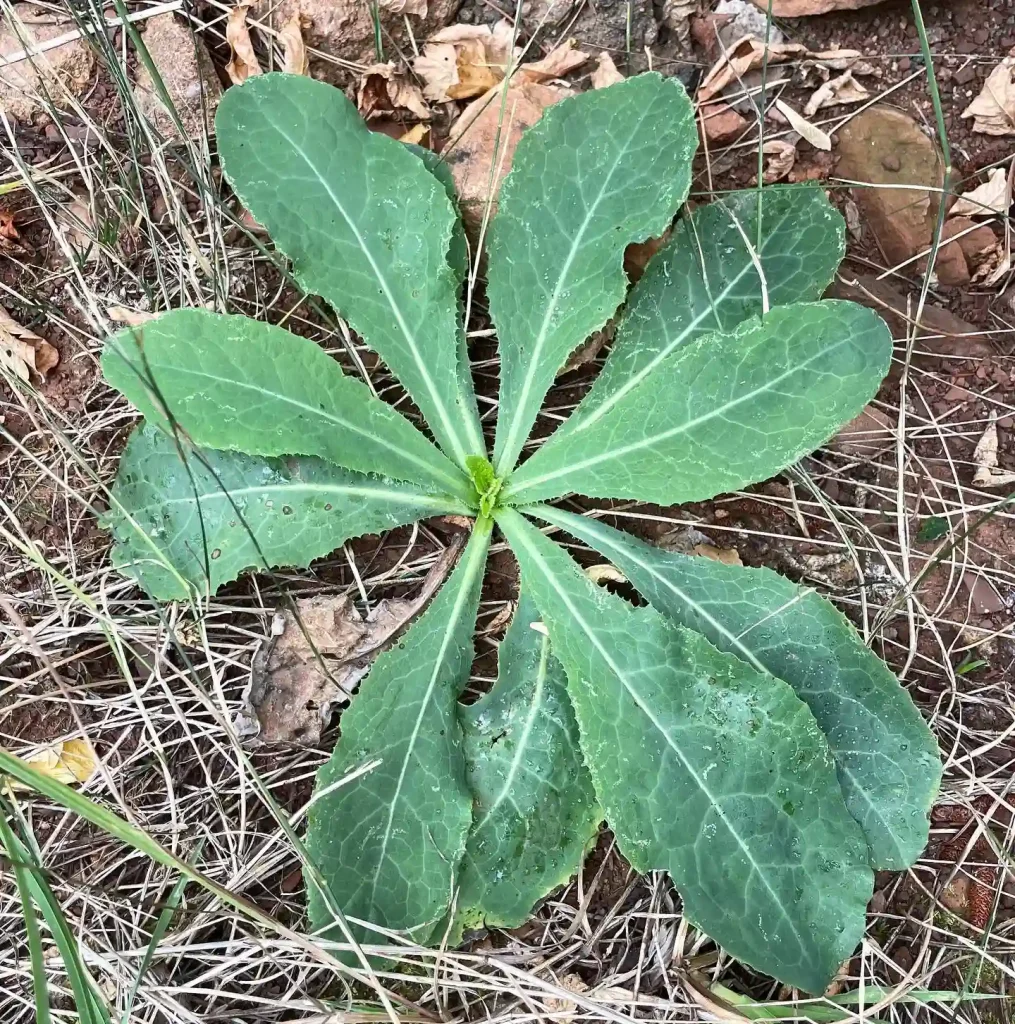FAQs About Furcraea Macdougalii
Furcraea Macdougalii, a striking and unique plant, is gaining popularity in the gardening community. As someone who’s worked with this species, I’ve fielded a lot of questions about it. If you’re considering adding this plant to your collection or just curious about it, here are some frequently asked questions that might help you out.
What is Furcraea Macdougalii?
Furcraea Macdougalii is a rosette-forming succulent from the Asparagaceae family, native to Mexico. This plant is known for its large, fleshy leaves that can grow up to several feet long, forming a dramatic, architectural shape. The leaves are often light green to blue-green with occasional reddish or purplish hues, adding a vibrant touch to any garden.
Plant Family: 119 Genera in Asparagaceae
How to Care for Furcraea Macdougalii?
Caring for Furcraea Macdougalii is relatively straightforward. Here’s what I’ve learned from my experience:
- Light: This plant thrives in bright, indirect light. A spot where it gets plenty of morning sun and filtered afternoon light works best.
- Watering: Like most succulents, Furcraea Macdougalii is drought-tolerant. Water it thoroughly but infrequently, allowing the soil to dry out completely between waterings. Overwatering can lead to root rot, so be cautious.
- Soil: Use well-draining soil. A cactus or succulent mix is ideal, or you can create your own by mixing regular potting soil with sand or perlite.
- Temperature: This plant prefers warm temperatures, ideally between 60-80°F (15-27°C). It can tolerate brief periods of cooler weather but should be protected from frost.
- Fertilization: Feed it with a balanced, water-soluble fertilizer diluted to half strength during the growing season, typically spring and summer. Avoid fertilizing in winter.
How to Propagate Furcraea Macdougalii?
Propagating Furcraea Macdougalii is a rewarding process. Here’s how I’ve done it:
- Offsets: This plant produces offsets or pups at its base. Gently separate the offsets from the main plant using a clean, sharp knife. Allow the offsets to callous over for a day or two before planting them in a new pot with well-draining soil.
- Seed: While less common, propagation from seeds is possible. Sow the seeds in a sandy mix and keep them warm and moist until they germinate.
What to Plant With Furcraea Macdougalii?
Furcraea Macdougalii pairs well with other succulents and drought-tolerant plants. Some good companions include:
- Sedum: Low-growing and contrasting in texture, Sedum works well with the bold leaves of Furcraea Macdougalii.
- Agave: For a desert-themed garden, combining it with other Agave species can create a striking display.
- Grasses: Ornamental grasses like Blue Fescue can add a nice contrast in texture and color.
Is Furcraea Macdougalii Toxic?
Furcraea Macdougalii is generally considered non-toxic to pets and humans. However, its sharp, pointed leaves can cause minor irritation if they come into contact with the skin or eyes, so handle with care.
Benefits of Furcraea Macdougalii
Having Furcraea Macdougalii in your garden or home has several benefits:
- Low Maintenance: It requires minimal care compared to many other plants, making it perfect for busy gardeners.
- Architectural Appeal: Its dramatic foliage adds a bold architectural element to any landscape or indoor space.
- Drought Tolerance: Ideal for xeriscaping or low-water gardens, helping conserve water.
Common Problems with Furcraea Macdougalii
Even though Furcraea Macdougalii is relatively low-maintenance, it’s not immune to problems. Here are some issues I’ve encountered:
- Root Rot: This is the most common problem, usually caused by overwatering. Ensure the soil is well-draining and avoid letting the plant sit in water.
- Pests: Occasionally, you might find mealybugs or scale insects on the leaves. Treat these pests with insecticidal soap or neem oil.
- Leaf Spots: Brown or black spots can appear if the plant is exposed to too much direct sunlight or if there’s a fungal issue. Adjust light conditions and ensure good air circulation.
Compare with Other Similar Plants
Furcraea Macdougalii is often confused with Agave and Aloe species due to their similar rosette forms. Here’s a quick comparison:
- Agave vs. Furcraea Macdougalii: While both have rosette forms, Agave plants generally have spiky, stiff leaves with serrated edges. Furcraea Macdougalii’s leaves are smoother and more flexible.
- Aloe vs. Furcraea Macdougalii: Aloe plants usually have smaller, more delicate leaves with less dramatic architecture compared to the robust leaves of Furcraea Macdougalii.
Furcraea Macdougalii is a fascinating plant that can add a lot of character to your garden or home. With the right care, it will thrive and continue to be a standout piece in your plant collection.
If i die, water my plants!



